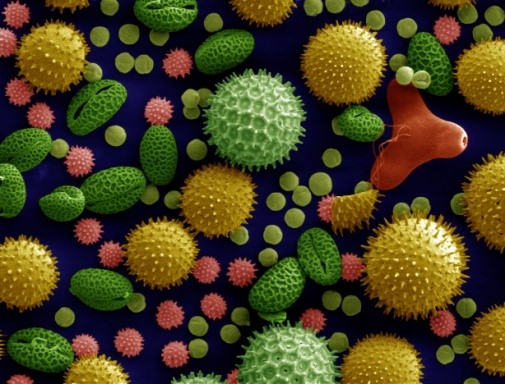Free Courses Sale ends Soon, Get It Now


Free Courses Sale ends Soon, Get It Now



Disclaimer: Copyright infringement not intended.
Context
What is a Pollen Calendar?
Need of developing a Pollen Calendar
Chandigarh’s Pollen Calendar
Significance
https://pib.gov.in/PressReleasePage.aspx?PRID=1752542
© 2024 iasgyan. All right reserved